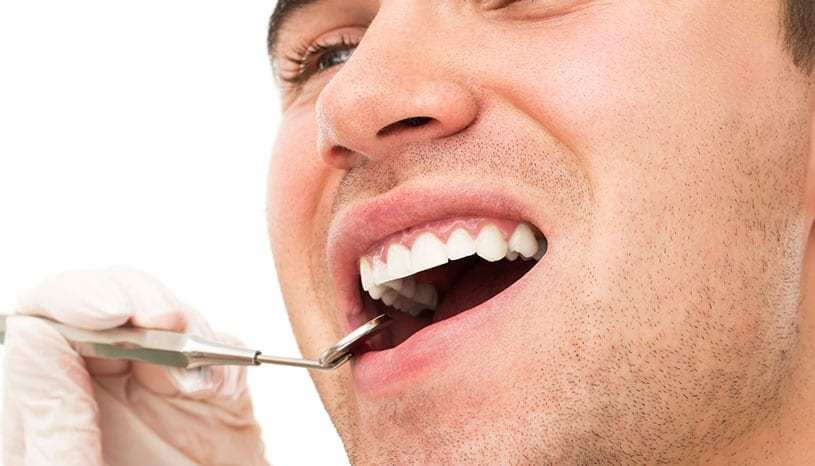Loss of denture tissue involves a chronic injury. This has different causes and consequences, and is classified by different phenomena. More patients than you imagine have this problem, therefore, your dentist will tell you the types and causes of dental wear so you can prevent them from home.
What is tooth wear?
Basically it is the deterioration of the dental structure. It begins to occur in the hardest enamel, which covers the teeth and advances until it reaches the softest part, which is dentin, in very serious cases. Enamel is the layer that protects the teeth from damage caused by the bite or contact with food or drinks in extreme conditions, either very hot, cold, acid, etc. This can regenerate naturally and combat slight wear, typical of the activity that is carried out daily (consume solids and liquids). But when this is severe and constant, a dentist’s intervention is needed to treat the damage.

Following the process, the nerve of the tooth (pulp) suffers damage that causes calcification or fibrosis. Other times, narrowing of the pulp chamber occurs.
Types and causes of tooth wear
It is important that you know the different types of dental wear, as well as the causes of wear.
Attrition
Dental attrition is a type of physiological or pathological wear on the hardest dental tissues. Especially in the enamel. It varies depending on age. It is produced by function or parafunction of the dental surface. That is, by the contact between teeth. Either by rubbing during chewing, dysfunction or bad position of dental structures. This gradual loss of tissue is a result of chewing activity or bad habits caused by other factors. It manifests with the decrease of the vertical size of the tooth and the flattening of the incisal edges. You will also notice that the wear zone is smooth and polished. Although irregularities can also occur at the edges of the tooth. In more severe cases the pulp chamber is exposed. The same goes for occlusal or palatal surfaces.
This type of wear can cause premature loss of teeth and hypercementosis. This last condition is the accumulation or deposit of cement at the root of one or more teeth.
Attrition occurs mainly in:
- Cusp areas: Refers to the cusp area of the molars.
- Support cusps: This area is formed by the cusp of posterior teeth that are related to antagonist impeller.
- Incisal surfaces: Refers to the bite surface of canines and incisors.
Bruxism is one of the causes of attrition
The force you use when chewing and / or biting varies between 13 and 23 pounds. But when there is a habit of grinding your teeth or brushing them, it can multiply up to ten times doing great damage to your teeth. This bad habit is called bruxism and is often an involuntary act of the person. There are different levels of force and friction in this custom that generate different levels of deterioration, as well as different affected teeth. 80% of this applied force is produced at night, unconsciously. It is very common in people subjected to high levels of stress and anxiety. One of the ways to solve this problem is by using discharge splints. These are tailored to the patient’s teeth and are used when sleeping to cushion the force generated by bruxism in her.
Abrasion
Unlike the previous case, this deterioration is caused by external agents; and its degree depends on the type of element that causes it. It is a pathological wear in which brushing and dietary factors have considerable effect. Friction of foreign bodies produces localized damage in the occlusal, incisal and / or cervical area. Root surfaces are affected below the gum line and / or the enamel that is just above them.
Main causes
Its causes are abnormal mechanical processes and bad habits or consumption of abrasive substances that are foreign to the digestive system. Some of the most common are:
- Inadequate hygienic habits
- Interposition and interaction with objects between teeth that can scrape or brush them.
- Grind your teeth, scrape them or brush them.
- On some occasions this same discomfort can also be generated due to very hard foods or the use of chopsticks to eliminate food debris between the teeth.
- Certain dental appliances as retainers, badly removed orthodontics or partial dentures.
- Badly brushed: Very strong, prolonged, in a horizontal direction and / or with abrasive substances such as baking soda.
- Diet with foods that can affect the teeth. Like sunflower seeds, nuts and other hard nuts. As well as the consumption of coffee or very sugary drinks.
- Bite pencils, pens and other items that are not to introduce to the mouth.
- Toothbrush with very hard or worn bristles.


